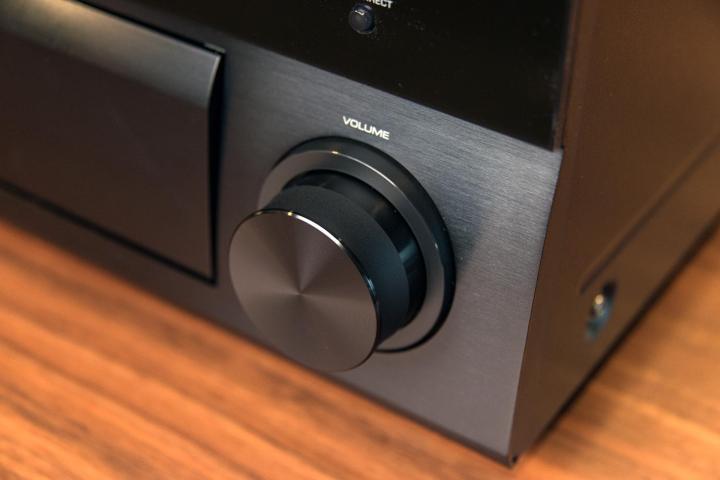
We’ve known for some time that DTS:X would begin to arrive in receivers in the early part of this year. Now a firmware update is rolling out to select Yamaha models so they can join the party in offering an alternative to Dolby Atmos for 3D-surround sound.
The firmware rollout began yesterday, targeting models in the Yamaha Aventage line, specifically the RX-A3050, RX-A2050 and RX-A1050. The company’s CX-A5100 A/V preamp processor will now also offer DTS:X support once updated.
“Yamaha is determined to provide the most immersive sound technologies available today and the DTS:X firmware update demonstrates our passion for sharing the latest in performance with our customers,” said Bob Goedken, general manager, A/V division, Yamaha Corporation of America.
Similarly to Dolby Atmos, DTS:X is a new surround-sound solution that moves sound beyond existing as a flat plane, allowing sounds to come from different heights. Both technologies utilize up to 11 different audio channels, though DTS:X is more flexible, allowing for up to 32 different speaker locations. Most recently released receivers support both, allowing for users to decide which works best for them.
This has been a busy month for Yamaha so far. Last week it announced the 5.1-channel RX-V381 A/V receiver, and earlier this week it unveiled four more models in the RX-V 81 line: the RX-V481, and the 7.2-channel RX-V781, RX-V681, and RX-V581, all of which support both Dolby Atmos and DTS:X.
For more on the firmware update and Yamaha’s Aventage A/V receivers, see the company’s website.


